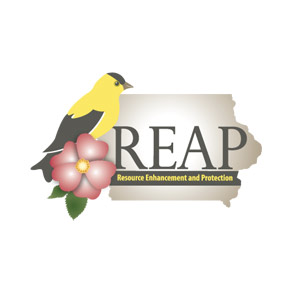Karst Topography & Spring-Fed Waterfalls
Grannis Creek falls is a moderate-sized, spring-fed stream in the karst topography of the Driftless Region of northeast Iowa. It is a dramatic example (for Iowa) of fractured bedrock creating cool spring fed streams characteristic of the Driftless landscape.
Location
Grannis Creek Wildlife Management Area near Fayette, Iowa
Driving Question
- Where is the water coming from?
Probing Questions
- How does the area of the spring differ from the surrounding landscape?
- Why is the spring area so different looking from the rest of the hillside?
- How could events at the top of the hill impact the water we see coming out here?
- What needs to happen within the ground to allow this phenomena to occur?
- Why are Iowa’s trout streams found in northeast Iowa?
- How does this spring help keep trout alive, when they won’t survive in other parts of the state?
Classroom Suggestions
Students could:
- Begin investigation in geologic concepts including bedrock formations, chemical weathering of rocks, cave formation.
- Determine the relationship between karst topography and ground water.
Resources
- Karst and Water Pollution Lesson Plans: PDF file produced by the state of Minnesota with several lessons about Karst topography. Many are written for grades 6-8, but they could be adapted for other levels.
- Iowa Heritage Foundation | Get Hooked on Iowa's Trout: Short article describing the necessary habitats for trout and where those habitats can be found in Iowa.
- Iowa DNR Trout Fishing Map: This interactive map shows the location of Iowa’s trout fishing streams located in northeast Iowa. A direct comparison of karst topographic areas.
Iowa Core Alignment
HS-ESS2-2:Analyze geoscience data to make the claim that one change to Earth’s surface can create feedbacks that cause changes to other Earth systems
Credit Info
Submitted by Craig Hemsath.
Funding for Iowa Science Phenomena provided by:




